Is gold the solution?
Reckless central bank money-printing will usher in a new monetary system, says Simon Popple. Gold will play a central part.
Surprise, surprise, the Fed didn't taper!
Printing $85bn a month does not seem to be working, so more rather than less stimulus would seem the logical solution.
The fiat currency system is now in one hell of a mess. Nobody knows what's going to happen. But people are realising that fiat money is under more pressure every month and that something's got to give. When will the change come? No one knows for sure. But gold is certainly a contender to be part of the solution when the end finally comes.
MoneyWeek
Subscribe to MoneyWeek today and get your first six magazine issues absolutely FREE

Sign up to Money Morning
Don't miss the latest investment and personal finances news, market analysis, plus money-saving tips with our free twice-daily newsletter
Don't miss the latest investment and personal finances news, market analysis, plus money-saving tips with our free twice-daily newsletter
Although, as you know, my expertise is really in miners, and now and again it's important to revisit the gold story and remind ourselves why it's such an important asset.
So, in this edition I want to touch on why gold is going to be an important component of the next monetary system.
Why gold?
For a commodity to be used as money, its supply needs to be stable and small relative to the total amount of it.
There's a huge difference between the annual gold supply or mine production and the total quantity of gold in existence. The total quantity of gold in existence is 172,000 tons. Annual production was approximately 2,700 tons last year.
If one divides the two amounts, one arrives at the stock-to-flow ratio of 64 years the amount of time it would take to replace the global stock of gold with fresh production.
That ratio is the fundamental reason why gold has been used as money across thousands of years and different continents. Gold has a stable value because it's rare and its supply grows slowly.
So why is gold so valuable?
Fiat money has always failed, because its supply is infinite, and when push comes to shove, the authorities create too much of it and destroy its value.
Just a reminder the Fed announced on 18 September that it had no plans to slow down its money-printing programme. It plans to keep printing dollars at a rate of $85bn per month.
When debt and inflation collapse the US economy, the US dollar's reign as global reserve currency will be over. But what will replace the dollar? The new currency will be:
- globally acceptable,
- widely held,
- portable,
- divisible, and
- backed by a globally recognised 'real' asset with known inventories and steady supplies.
"As the international community attempts to take on these challenges, gold waits in the wings. For the first time in many years, gold stands well prepared to move once more towards the center-stage. This could be the start of an immensely important phase in the history of world money." - Official Monetary and Financial Institutions Forum (the OMFIF is a global think-tank for central banks and sovereign wealth funds).
Due to its high liquidity and its unique characteristics, gold is increasingly used as collateral. Following Eurex, CME Group, the International Exchange and JP Morgan, LCH Clearnet, the largest clearing house in the world, now also accepts gold as collateral.
OMFIF recommends the inclusion of gold in the IMF's special drawing rights (SDRs). This possibility was also mentioned by the governor of the People's Bank of China. He regards SDRs as a "light in the tunnel of reform of the international currency system".
SDRs are a currency unit introduced by the IMF, which isn't traded on foreign exchange markets. Currently the US dollar has a weight of 41.9%, the euro 37.4%, the Japanese yen 9.4%, and the British pound 11.3%.
Apart from gold, the 'R-currencies' (Chinese renminbi, Indian rupee, Russian rouble, Brazilian real and South African rand) are also supposed to receive a higher status in the international currency framework and are to be included in the SDR basket.
The growing calls for repatriation and audits of state-owned gold reserves also illustrates the growing importance of gold. Central bank-buying amounted to 534.6 tons last year. That is the largest quantity since 1964. In 2013, the IMF expects a net amount of 550 tons.
We'll get used to the Fed continually pushing the 'taper' deadline further into the future. The Fed can't stop printing money, so it won't. And that will ultimately be its undoing.
Get the latest financial news, insights and expert analysis from our award-winning MoneyWeek team, to help you understand what really matters when it comes to your finances.
Simon is an expert in investing in gold and commodities which he shares for our MoneyWeek readers. He studied at the University of Surrey where he achieved a business degree and a marketing diploma. After taking his studies further and doing an MBA at Birmingham University, Simon was the first MBA student offered an internship in the U.S. Since then, Simon has been a part of the Senior Banker team at ABN Amro where he became the founding member of their Financial Sponsors team, and then joined Strutt and Parker Financial Services where he was appointed as Head of Investment Management. He also became a director at one of the world’s biggest private property companies, Topland. Simon Popple has written for MoneyWeek and Agora Financial.
-
 Football fans issued warning over ticket scams ahead of 2026 World Cup
Football fans issued warning over ticket scams ahead of 2026 World CupSantander customers lost more to football scams in the first six months of 2025 compared to the same period in 2024, when total losses surged due to the Euros
-
 Nationwide fined £44 million over “inadequate” anti-money laundering systems
Nationwide fined £44 million over “inadequate” anti-money laundering systemsFailings in Nationwide’s financial crime processes between October 2016 to July 2021 meant one criminal was able to deposit £26 million from fraudulent Covid furlough payments in just eight days.
-
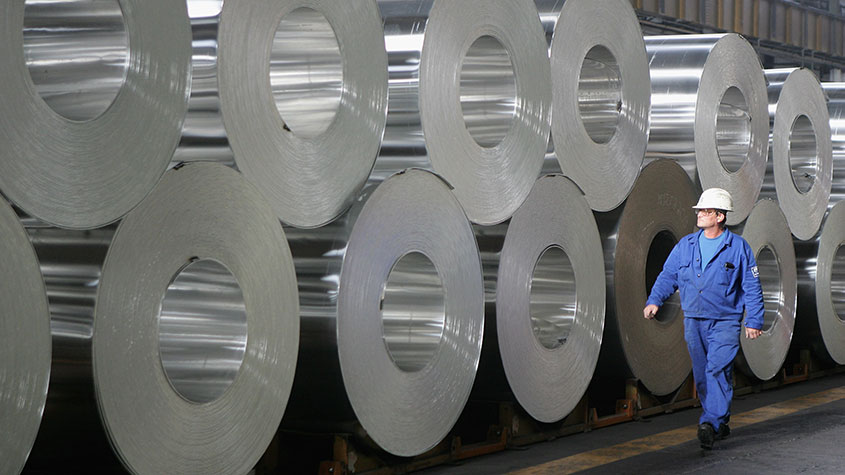 These 2 stocks are set to soar
These 2 stocks are set to soarTips The returns from these two aluminium and tin stocks could be spectacular when the commodity cycle turns says David J Stevenson.
-
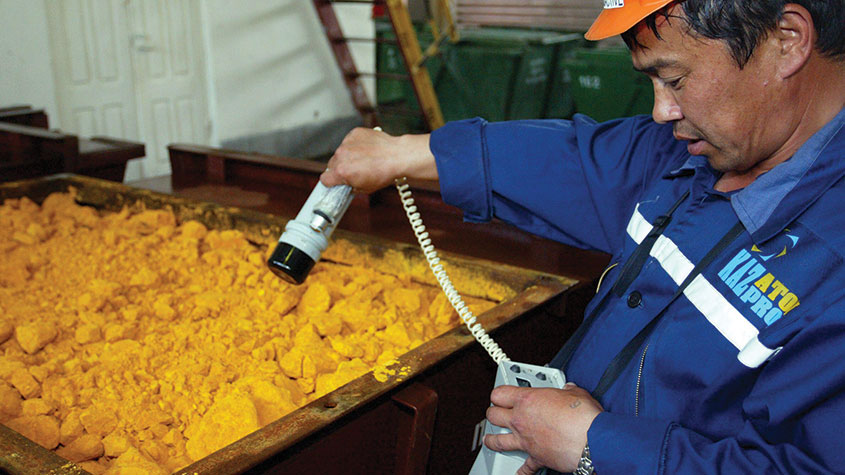 The best ways to buy strategic metals
The best ways to buy strategic metalsTips Weaker prices for strategic metals in the alternative-energy sector are an investment opportunity, says David Stevenson. Here, he picks some of the best ways to buy in.
-
 Metals prices wobble on slowdown fears
Metals prices wobble on slowdown fearsNews The S&P GSCI index of 24 major raw materials has fallen back 9% since mid-June on growing fears of a recession, and copper has hit a 16-month low after losing 22% since a peak in early March.
-
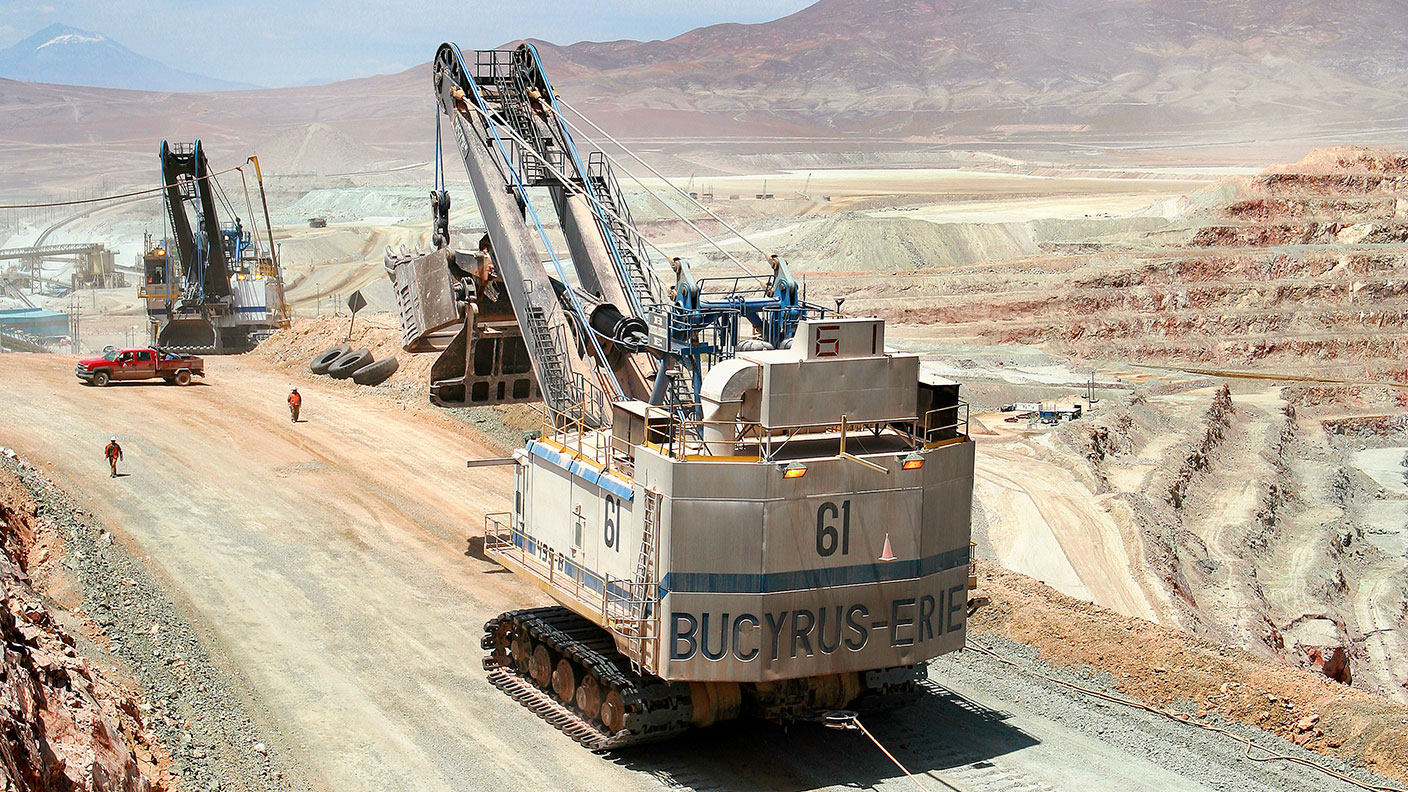 The natural resources industry is in a tight spot – which is bad news for the rest of us
The natural resources industry is in a tight spot – which is bad news for the rest of usOpinion The natural resources industry is in a bind. We need it to produce more energy and metals, but it has been starved of investment, plagued by supply chain issues, and hobbled by red tape. That’s bad news for everyone, says Dominic Frisby.
-
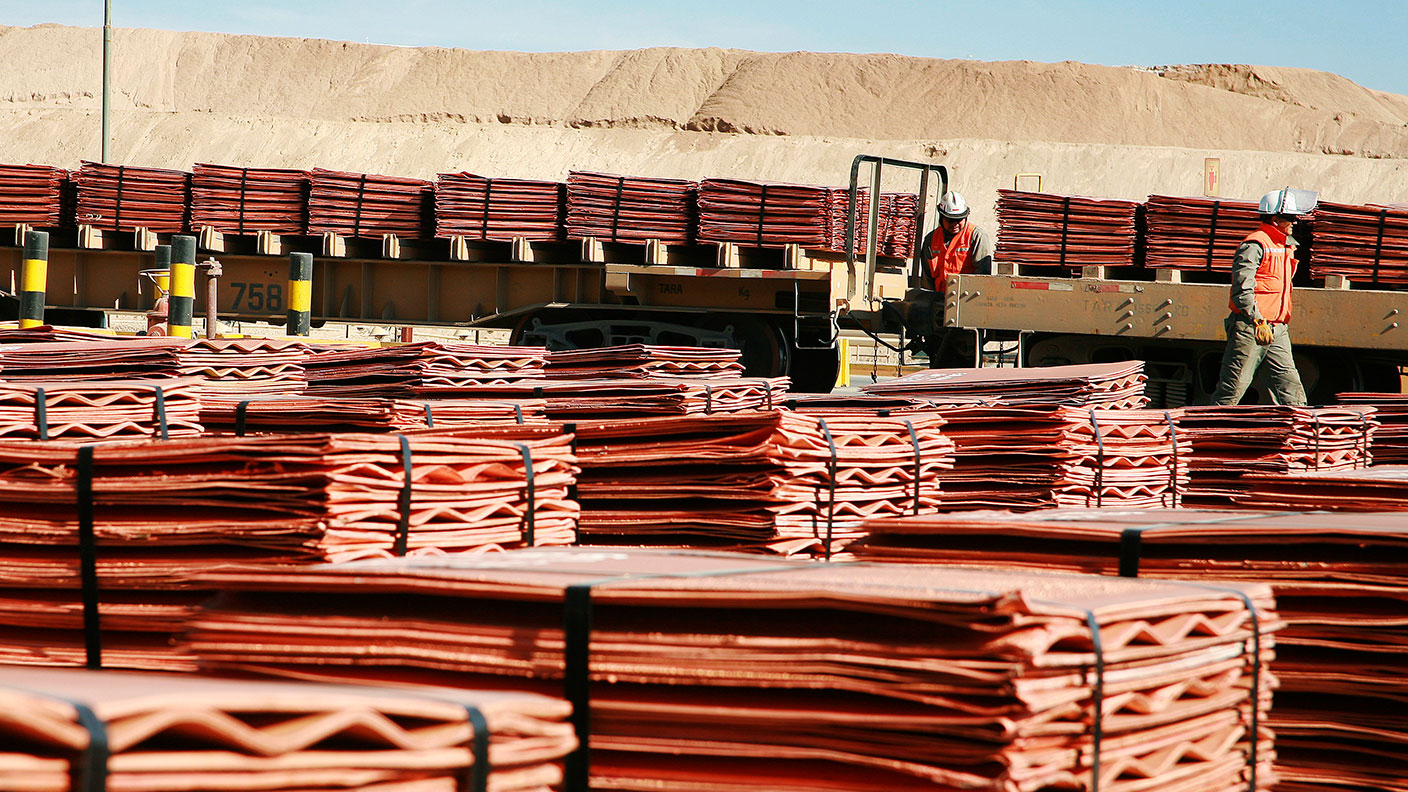 How to invest in the copper boom
How to invest in the copper boomTips The price of copper has slipped recently. But that’s temporary – the long-term outlook is very bullish, says Dominic Frisby. Here, he explains the best ways to invest in copper.
-
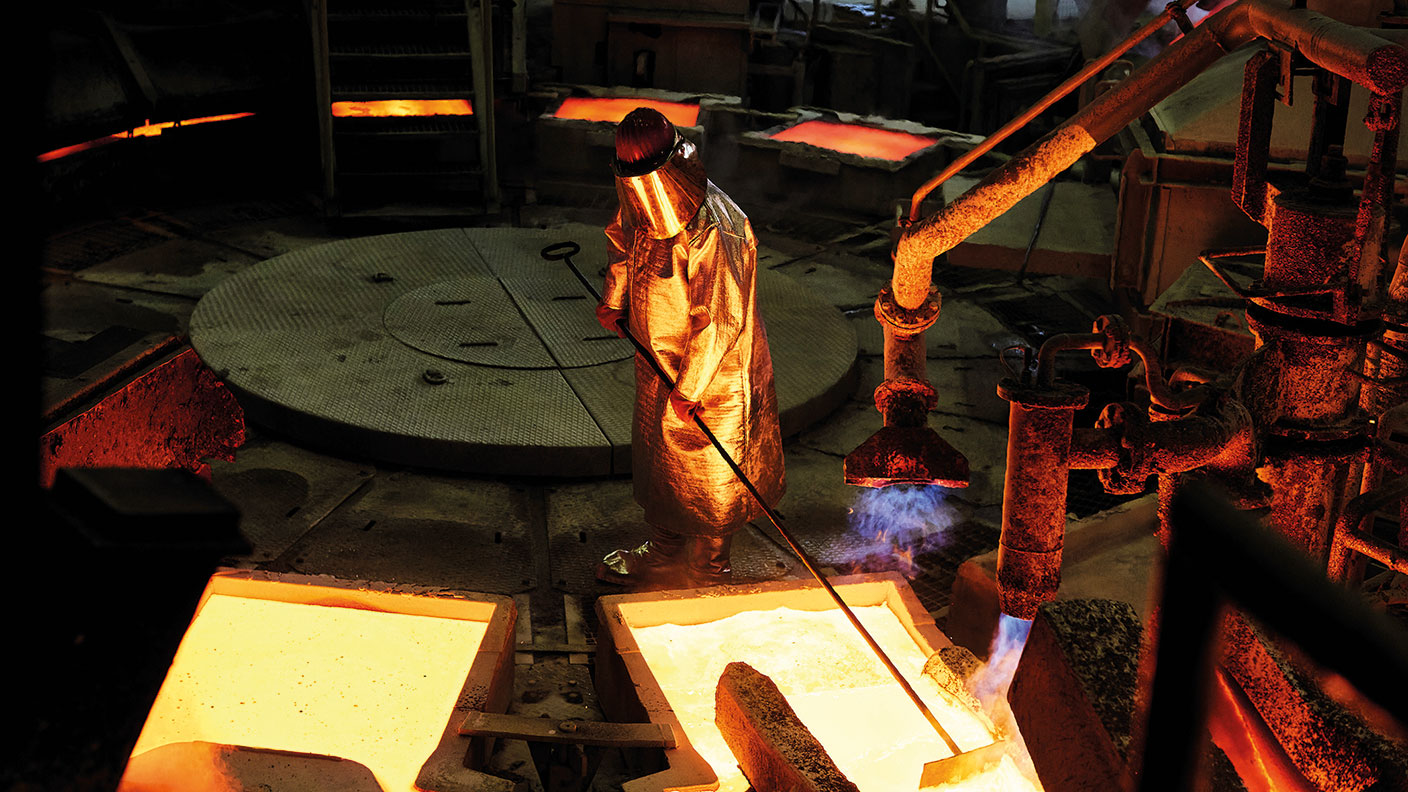 How to invest in the multi-decade boom in industrial metals
How to invest in the multi-decade boom in industrial metalsTips The price of key industrial metals has already begun to rise. The renewable energy transition will take them higher, says David Stevenson. Here's how to profit.
-
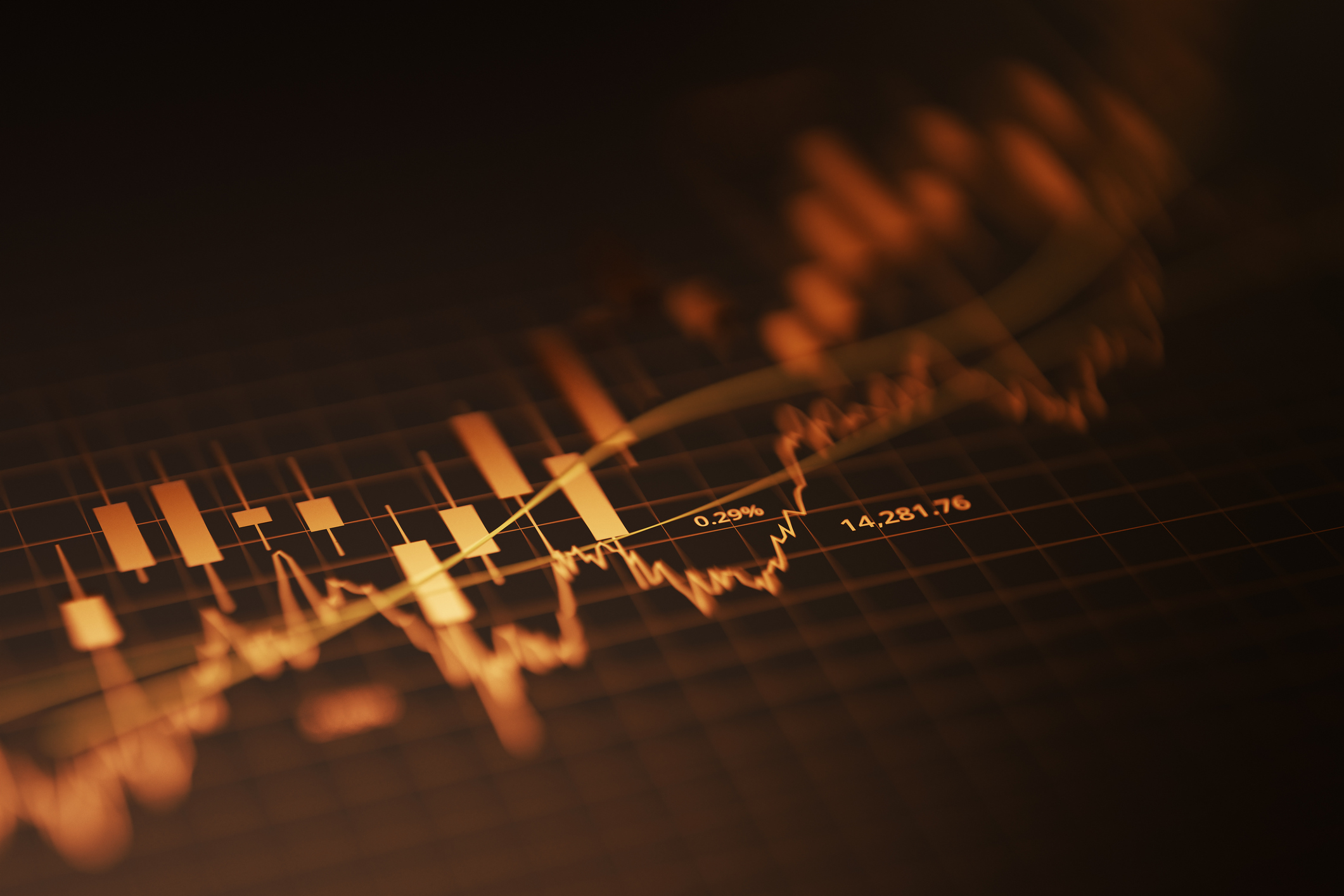 8 gold funds to consider for exposure to the yellow metal
8 gold funds to consider for exposure to the yellow metalGold funds are one of the best ways of adding gold to your portfolio. We highlight some of the more interesting funds for gold spot prices and gold miners.
-
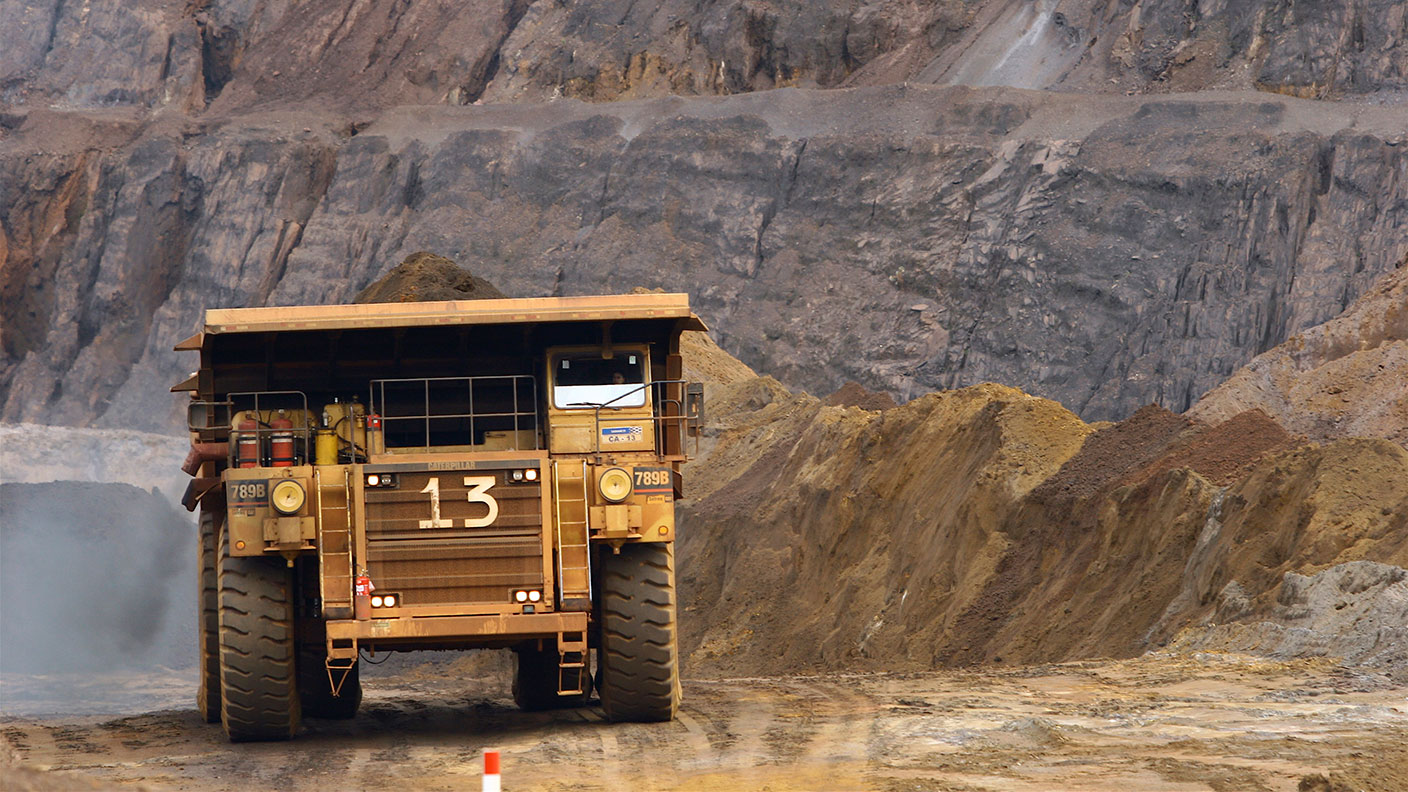 Mining stocks have been great investments this year – but is it time to sell?
Mining stocks have been great investments this year – but is it time to sell?Analysis Markets have not had a good start to 2022 – with the exception of mining stocks. John Stepek asks if the sector has further to go, or if you should take profits while the going is good.